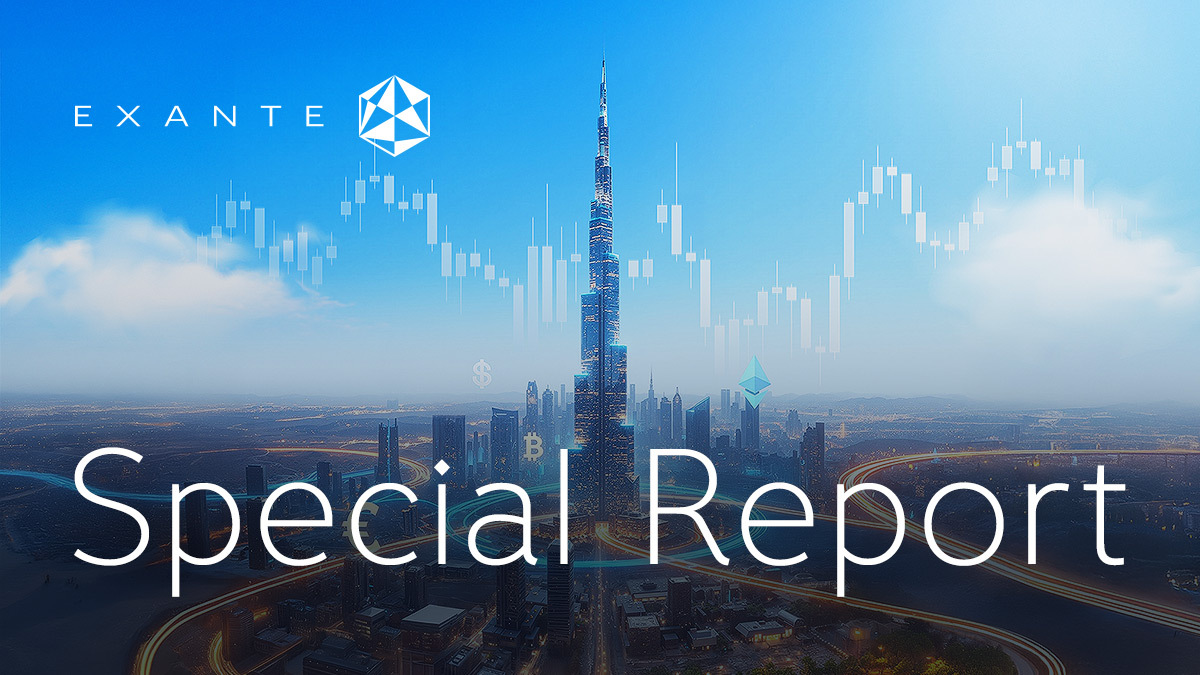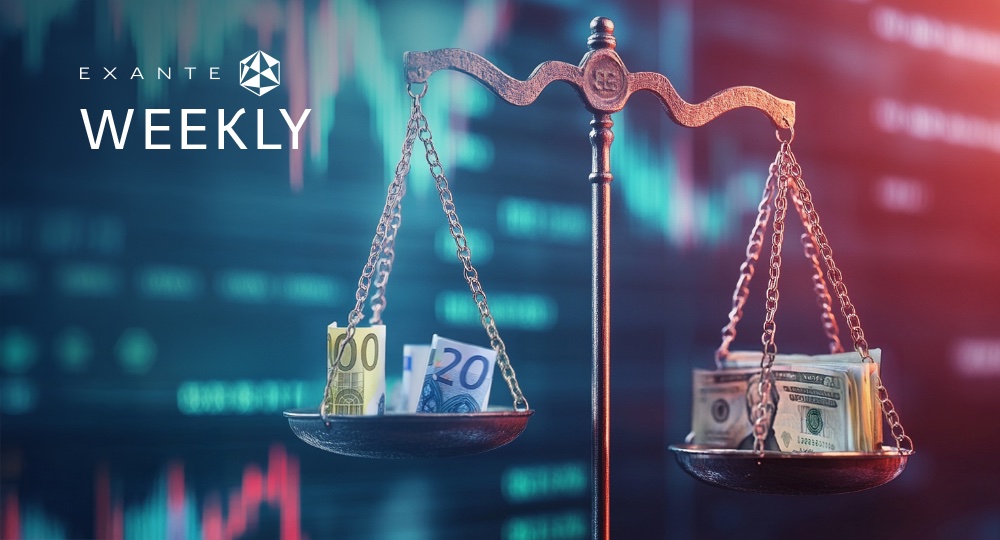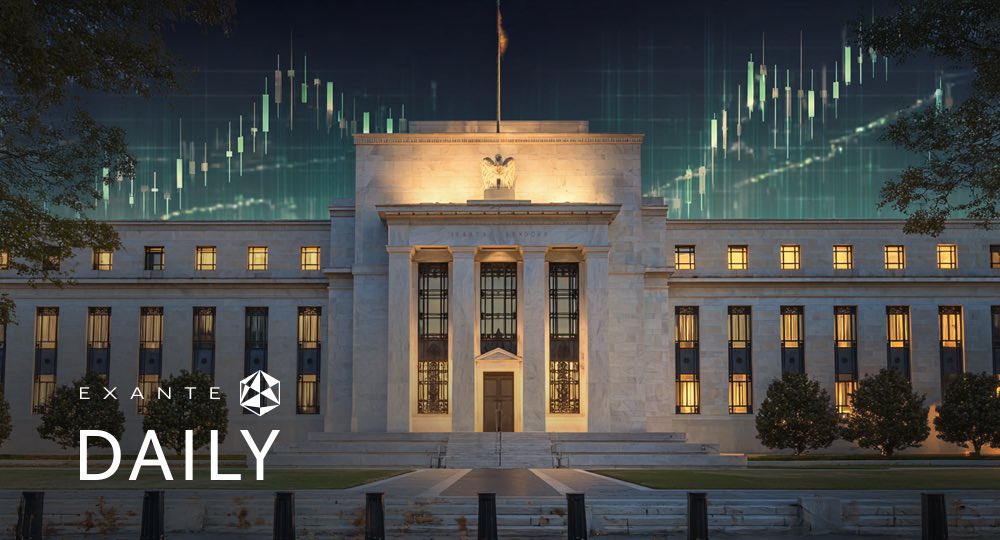
February Fixed income February 2024

- The US economy continues to show signs of strength. The labour remains tight with nonfarm payrolls in January up 353,000, the most in a year, and the unemployment rate held at 3.7% for a third straight month, while the participation rate — the share of the population that is working or looking for work — held at 62.5%. Average hourly earnings for nonfarm employees rose 0.6 % in January, above market expectations of 0.3%. It was the biggest rise since March 2022. Including January's gains, wages have increased 4.5% over the past 12 months, well above the level the Fed said is necessary to achieve the 2% inflation target. Retail sales were down in January, falling 0.8%, after two-months of increases. However, US consumer sentiment improved for a third month in February, with the UoM consumer sentiment index up 0.6 point to 79.6, the highest since July 2021.
- US inflation came in hotter than expected, with headline CPI coming in at 3.1% for January and PPI also up 0.3% in January, resulting in an annual increase of 0.9%. Investors will be looking to the release of minutes from the Fed’s January meeting at 2pm EST today (17:00 GMT), which could provide fresh hints about the path ahead for interest rates. Expect to see dollar volatility as markets may be forced to reconsider assumed timelines for future Fed action. The dollar is likely to remain supported by a still strong economy.
Yield curves
With inflation ticking up in January and labour markets remaining tight, traders are now pricing in three rate cuts in 2024 with expectations of a first rate cut pushed back to June. The underlying growth outlook remains healthy.with the LSEG/Ipsos Primary Consumer Sentiment Index for February 2024 at 52.0, down 0.9 from the previous month. The soft-landing
optimism driven by solid GDP growth, a resilient labour market and rising US consumer sentiment have raised concerns that we may instead see rates not just higher for longer, but that the neutral rate itself will be higher, resulting in rates remaining well above pre-pandemic levels. In short, the risk of “no landing” may be increasing, with some market commentators, such as former US Treasury Secretary Lawrence Summers, suggesting “there’s a meaningful chance” that the next move is up. Others are suggesting that the Fed may enter a brief easing cycle, before raising rates again if the economy continues to grow and/or global geopolitical events cause supply chain disruptions, resulting in inflationary pressures rising. Although Fed officials such as Atlanta Federal Reserve President Raphael Bostic has said that it is not yet clear that inflation is moderating to the 2% target, San Francisco Fed.President Mary Daly has said that 75 basis points of cuts in 2024 was a “reasonable baseline expectation.”

The yield on the 2-year Treasury note, which is highly sensitive to movement of the Fed Funds rate, is at 4.58%, up from 4.33% in January. The benchmark 10-year US Treasury note yield has risen to 4.26% from January’s 4.01%, while the yield on the 30-year bond has also risen to 4.44% from January's 4.32%.

Yield swings
Treasury yields in February shot up following higher than expected US inflation data, but have started to edge back as markets adjust to a higher for longer scenario with rate cut expectations being pushed out to June and the number of rate cuts also being downgraded. According to Refinitv data, for 2024, futures traders are pricing in at least three rate cuts of 25 basis points (bps) each, taking down the fed funds rate to 4.4% by the end of the year. The rate futures market has priced in an 80% chance of a rate cut at the Fed’s June policy meeting according to LSEG data. The Fed held rates at their 30-31 January meeting and fed officials have repeatedly signalled since then that they want to see further evidence of moderating inflation or softening growth before it starts lowering rates.

Source: Bloomberg 8:00 am EST 21 February 2024
Global Economic and Market Review
The global economy is growing at a solid pace, led by the US. Although the UK is now officially in recession, with Q4 2023 growth falling 0.3% in the final three months of 2023, following a 0.1% decline in the third quarter, the BoE has said that the technical recession the economy entered last year is likely to be “very small.” The BoE also said that inflation had “come down very rapidly” in the UK. Inflation rose 4% on an annualised basis in January, the same as in December. On a monthly basis CPI rose 0.4%. Core inflation, which excludes food and energy, was 5.1% in January. Services inflation, usually viewed as a stronger measure of domestic price pressures, rose to 6.5% in January, a slow down in pace from December’s 6.4%. The labour market remains tight, with the unemployment rate left unchanged last quarter at 4.2%. Wage growth came in at 6.6%. BoE Governor Andrew Bailey told the Treasury Committee at the House of Commons that the BoE expected headline inflation to return to target temporarily in the spring before picking up again later in the year. The BoE remains focused on services price growth, wages and the labour market as it looks for signs that inflation is on course to hit its 2% target. However, its views on the development of the UK economy may still be influenced by any fiscal policy changes that come about in March’s budget that could be inflationary. Markets are expecting the first rate cut in August.
In the eurozone ECB policymakers have continued to talk down the speed of potential rate cuts with ECB president Christine Lagarde cautioning against rushing into interest-rate cuts as rising salaries become an ever-more significant driver of inflation. Although wage growth appears to be slowing, with negotiated wages slowing to 4.46% in the fourth quarter of last year from 4.69% in the previous quarter.
The gap between Italy and Germany's 10-year yields, a gauge of investor sentiment towards the eurozone's more indebted countries, is, according to Worldgovernmentbond.com, 147.7 basis points(bps), -9.8 bps this month. This is a significant drop from last month’s spread of 160.6 basis points and the tightest since March 2022. This may be reflective of the poor state of the German economy which is experiencing weak external demand, limited consumer spending, and reduced domestic investment brought about by high borrowing rates. In addition, rising expectations of monetary easing by the ECB and the gradual wind down of the Pandemic Emergency Purchase Programme (PEPP) reinvestments announced in December have been supportive to highly indebted Eurozone countries such as Italy.
As inflation appears to be slightly more stickier than markets had anticipated in January, and the likelihood of rate cuts by the Fed get pushed back to at least June, when ECB rate cuts are also expected, there are other risks that shouldn’t be ignored that may have longer term consequences for inflation and yields. These include ongoing geopolitical fragmentation that may affect global trade and supply chains, demographic change which will continue to affect labour markets tightness such as labour market participation rates, and the low-carbon transition which may result, in the short term at least, in higher energy prices. All of these factors are likely to make inflation more volatile.
However, despite these risks, overall markets seem to be accepting that rates will remain higher than forecast in January. Markets are still counting on a softer landing as being the base case scenario although there are increasing concerns that we may face a “no landing” scenario. Given the degree of uncertainty due to stickier inflation and more volatile bond markets, shorter duration bonds may continue to be preferred by investors.
Key risks
- Inflation fails to fall in line with projections, weighing on asset prices. It is highly anticipated that the Fed, the ECB and the BoE will begin to cut rates in 2024, with markets now betting that the Fed will start rate cuts in June. However, there is the possibility that cuts are later and fewer should the trend in strong economic data persist. The Fed may not be able to get to the 2% target this year due to possible demand pull inflation, which means that the dollar will remain strong and yields may continue to rise. There are also risks that headline inflation may rise, particularly if the widening geopolitical threats in the Red Sea result in further shipping delays, creating inflationary pressures. We may also see correlation between the Eurozone and US curves to weaken going forward, particularly at the short end, as the growth narrative for the two regions differs.
- Policymakers mistiming on credit loosening leads to recession or reinflation. Growing concerns over the slowdown in Europe could cause the Euro to continue to fall against the USD. Recession across the eurozone is unlikely, although Germany does, based on Bundesbank estimates, appear to be in recession. Recession would likely be positive for rates but negative for credit spreads. In the US the strong economy driven by the still tight labour market seems to indicate that the economy is less rate sensitive than previously thought. Therefore if the Fed cut interest rates too soon it would then add further stimulus which risks once again raising inflationary pressures.
- Geopolitical tensions and events.These include the attacks in the Red Sea from Yemen’s Iranian-backed rebel Houthis and the US led alliance response, the lack of a ceasefire agreement between Hamas and Israel, the rising tensions between Iran and the US, the ongoing war in Ukraine, the tensions between NATO and Russia, the uncertainty of further financial support to Ukraine from the US due to US domestic policy arguments, the likelihood of increasing tensions between the US and China as the US moves further into its election cycle.
While every effort has been made to verify the accuracy of this information, EXT Ltd. (hereafter known as “EXANTE”) cannot accept any responsibility or liability for reliance by any person on this publication or any of the information, opinions, or conclusions contained in this publication. The findings and views expressed in this publication do not necessarily reflect the views of EXANTE. Any action taken upon the information contained in this publication is strictly at your own risk. EXANTE will not be liable for any loss or damage in connection with this publication.
本文提供給您僅供資訊參考之用,不應被視為認購或銷售此處提及任何投資或相關服務的優惠招攬或遊說。金融商品交易涉及重大損失風險,可能不適合所有投資者。過往績效不代表未來表現。




